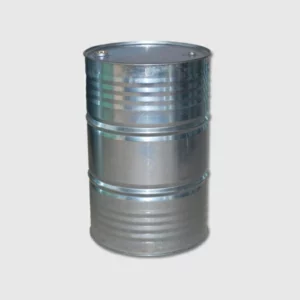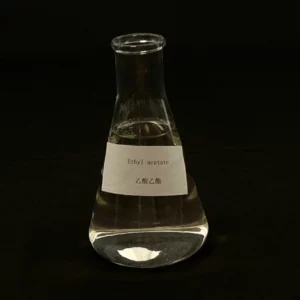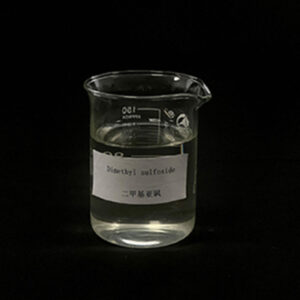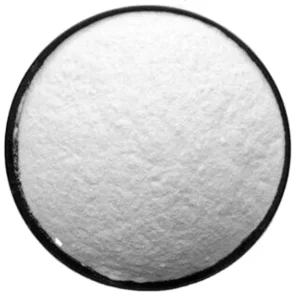حمض الخليك, a colorless organic compound with a pungent odor, is widely used in various industries, including food, مشروب, الصيدلانية, والتصنيع الكيميائي. It is primarily produced through the fermentation of ethanol or sugars by acetic acid bacteria. While dilute acetic acid solutions, such as vinegar, are generally considered safe for household use, concentrated acetic acid and certain fermentation products can pose significant hazards to human health and the environment. Is dilute حمض الاسيتيك hazardous? Join us as we delve into the potential hazards associated with dilute acetic acid fermentation products and explore the measures necessary for safe handling and disposal.
Delving into the Hazards of Dilute Acetic Acid Fermentation Products

The hazards associated with dilute acetic acid fermentation products primarily stem from their inherent chemical properties:
- Corrosiveness: Acetic acid is a corrosive substance that can cause severe burns and tissue damage upon contact with skin or eyes. Inhalation of concentrated acetic acid vapors can irritate the respiratory tract, leading to coughing, choking, and difficulty breathing.
- تسمم: Ingestion of concentrated acetic acid can cause severe gastrointestinal distress, including nausea, القيء, abdominal pain, and internal bleeding. It can also lead to systemic toxicity, affecting the kidneys, liver, والجهاز العصبي المركزي.
- القابلية للاشتعال: Acetic acid is flammable and can release flammable vapors when heated. في وجود مصدر الاشتعال, مثل الشرارة أو اللهب المكشوف, يمكن أن تشتعل هذه الأبخرة, التسبب في نشوب حريق أو انفجار.
Exploring the Safe Handling and Disposal of Dilute Acetic Acid Fermentation Products
To minimize the risks associated with dilute acetic acid fermentation products, proper handling and disposal practices are crucial:
- معدات الحماية الشخصية (معدات الوقاية الشخصية): When handling concentrated acetic acid or its fermentation products, wear appropriate PPE, بما في ذلك القفازات, حماية العين, وحماية الجهاز التنفسي, to prevent direct contact with the substance.
- تنفس: Ensure adequate ventilation in areas where acetic acid is handled or stored to prevent the buildup of toxic vapors.
- تخزين: Store concentrated acetic acid and its fermentation products in tightly sealed containers, بعيدًا عن مصادر الحرارة والمواد غير المتوافقة.
- تصرف: Dilute acetic acid solutions, such as vinegar, can be safely disposed of down the drain with plenty of water. لكن, concentrated acetic acid and its fermentation byproducts should be disposed of as hazardous waste in accordance with local regulations.
Understanding the Regulations Governing Dilute Acetic Acid Fermentation Products
Various regulations govern the handling, تخزين, and disposal of acetic acid and its fermentation products:
- Occupational Safety and Health Administration (إدارة السلامة والصحة المهنية): OSHA sets standards for workplace safety, including guidelines for handling hazardous chemicals like acetic acid.
- Environmental Protection Agency (وكالة حماية البيئة): The EPA regulates the disposal of hazardous waste, including acetic acid and its fermentation products.
- Local Regulations: Local jurisdictions may have additional regulations regarding the handling and disposal of hazardous substances, بما في ذلك حمض الخليك.

.webp)



